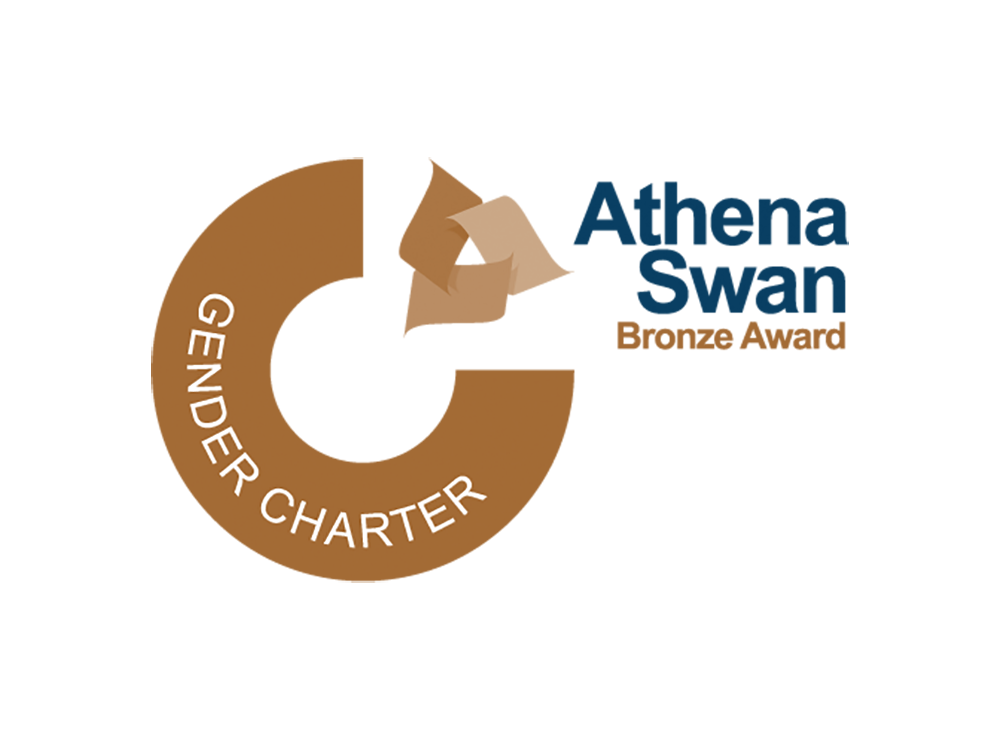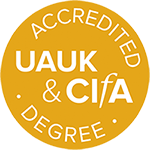Current filters applied:
- (-) Remove Recently Completed Projects filter Recently Completed Projects
- (-) Remove Material Culture filter Material Culture
Displaying 4 projects
‘BODIES MATTER’ focuses on the material culture of bodies (and the self) in colonial borderlands by comparing three frontiers at various periods and geographies: the Spanish Empire’s southern borderland in the Americas in the AD 16th-19th century, the Punic western Mediterranean in the 6th-2nd...
A large-scale multi-disciplinary study of pre-Roman iron technology in the Iberian Peninsula.
The project focuses on the models of circulation of raw materials during the Iberian Late Prehistory, as well as the use and social value given to the different materials, with special attention to metals and amber.
This project aims to gain a better understanding of the relationship of Crete with the world outside the island through the lens of a key body of materials: goldwork.


